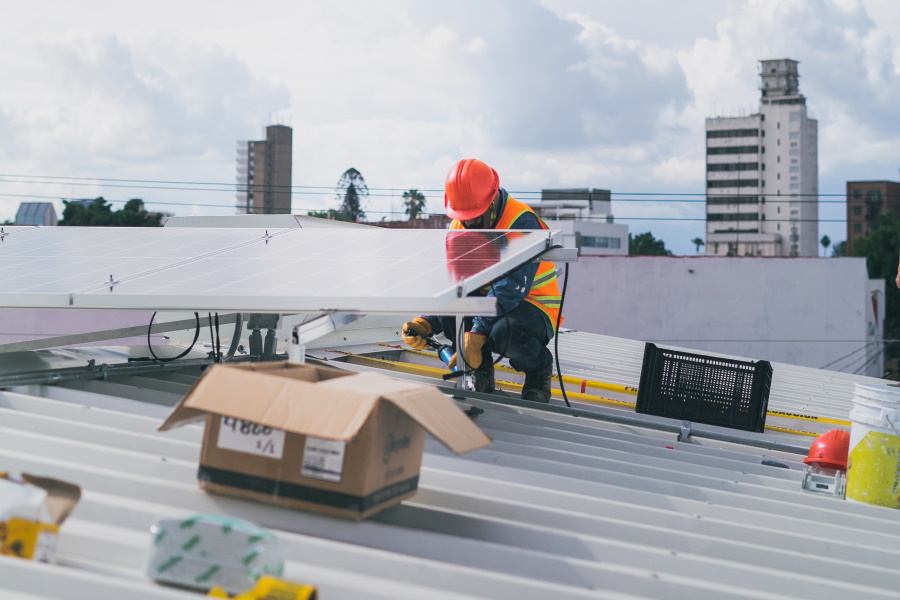
“Solar cooling”: can we use heat to produce cold?
Well, yes. Solar radiation can also be used to generate cold. It is somewhat contradictory, but the truth is that solar cooling is already a reality in development. Do you want to know how it works and why does it have so much potential? Keep reading!
How does solar cooling work?
Why is it so interesting?
According to the Energy Sustainability Agency, 73% of household energy consumption is used for heating / air conditioning and hot water. This percentage could be drastically reduced thanks to solar cooling.
It could be especially useful for residential or rural areas where each unit could produce its own energy, especially if it has a terrace or large plot. Generating cold from the sun is extremely efficient: the bigger the need for refrigeration, the more capacity to produce it. Without heat, there is no ability to produce cold, but there is also no need to generate it. It’s an almost perfect supply-demand movement.
In addition, the same installation could be used to produce heat during the cold months, so we would have covered the needs of the whole year with a single equipment.
Other advantages?
- It is a much cheaper energy than electricity, both in its production and in its maintenance.
- The process is non-polluting and clean, so it becomes a great opportunity to promote environmental care.
- It is a growing sector with enormous potential that requires easily amortizable investments.
In Keyplan we are clear about one thing: the future is built through change. We should not be afraid of the new alternatives that technology and engineering offer us. Clean energies are undoubtedly a safe bet when we talk about a more sustainable future with better models.





